- Home
- Jane Yolen
How to Fracture a Fairy Tale: 2
How to Fracture a Fairy Tale: 2 Read online
Praise for Jane Yolen
“One of the treasures of the science-fiction community.”
—Brandon Sanderson, author of Mistborn
“The Aesop of the twentieth century.”
—New York Times
“Jane Yolen is a gem in the diadem of science fiction and fantasy.”
—Analog
“The Hans Christian Andersen of America.”
—Newsweek
Praise for The Emerald Circus
“Jane Yolen’s The Emerald Circus is full of marvels. She turns toads into witches, Sir Lancelot into a 600-year-old monk, Dorothy into a tightrope walker, and Emily Dickinson into a spacefarer. From Snow Queen to spaceship, The Emerald Circus is a delight.”
—Patricia A. McKillip, author of The Riddle-Master of Hed
“In this masterful collection, Jane Yolen draws upon myth, fairy tales, history, poetry, and children’s classics from Alice to Oz to fashion new tales from the bones of the old. There is simply no better storyteller working in the fantasy field today. She’s a national treasure.”
—Terri Windling, author of The Wood Wife and The Essential Bordertown
“[STARRED REVIEW] These delightful retellings of favorite stories will captivate newcomers and fans of Yolen as she once again delivers the magic, humor, and lovely prose that has attracted readers for years.”
—Library Journal
“[STARRED REVIEW] These highly entertaining retellings are perfect for teen fans of fairy tales and classic literature, though they are easily enjoyed without any background knowledge.”
—School Library Journal
“[STARRED REVIEW] The Emerald Circus dances at the border between bucking tradition and paying homage to the great stories and figures of ages past. The result is a brilliant assemblage of narratives with the potential to leave an audience spellbound.”
—Foreword
“Jane Yolen facets her glittering stories with the craft of a master jeweller. Everything she writes, including The Emerald Circus, is original and timeless, deliciously creepy and disturbingly lovely.”
—Elizabeth Wein, author of Code Name Verity
“Ever the wordsmith, Yolen dazzles with her first short story collection for adults in years.”
—Booklist
“Jane Yolen is a consummate storyteller, weaving old and new threads to create tales rich in wisdom and depth. The Emerald Circus is an utter delight.”
—Juliet Marillier, award-winning author of the Sevenwaters series
“What a joy it is to watch Jane Yolen burrow into the hearts of familiar stories and dwell in possibilities we’d never imagined. It’s all done with Yolen’s trademark wisdom, a healthy dollop of subversion, and a twinkle in the eye. A delight!”
—Susan Fletcher, author of Dragon’s Milk and Shadow Spinner
“Jane Yolen’s collection The Emerald Circus is pure delight for anyone who craves inspired retellings of classics from literature, or re-imaginings of the lives of real literary figures. 5/5 stars.”
—YA Books Central
Also by Jane Yolen
Novels
The Wizard of Washington Square (1969)
Hobo Toad and the Motorcycle Gang (1970)
The Bird of Time (1971)
The Magic Three of Solatia (1974)
The Transfigured Hart (1975)
The Mermaid’s Three Wisdoms (1978)
The Acorn Quest (1981)
Dragon’s Blood (1982)
Heart’s Blood (1984)
The Stone Silenus (1984)
Cards of Grief (1985)
A Sending of Dragons (1987)
The Devil’s Arithmetic (1988)
Sister Light, Sister Dark (1989)
White Jenna (1989)
The Dragon’s Boy (1990)
Wizard’s Hall (1991)
Briar Rose (1992)
Good Griselle (1994)
The Wild Hunt (1995)
The Sea Man (1997)
Here There Be Ghosts (1998)
The One-Armed Queen (1998)
The Wizard’s Map (1999)
The Pictish Child (1999)
Boots and the Seven Leaguers (2000)
The Bagpiper’s Ghost (2002)
Sword of the Rightful King (2003)
The Young Merlin Trilogy: Passager, Hobby, and Merlin (2004)
Pay the Piper: A Rock ’n’ Roll Fairy Tale (with Adam Stemple, 2005)
Troll Bridge: A Rock ’n’ Roll Fairy Tale (with Adam Stemple, 2006)
Dragon’s Heart (2009)
Except the Queen (with Midori Snyder, 2010)
Snow in Summer (2011)
Curse of the Thirteenth Fey (2012)
B. U. G. (Big Ugly Guy) (with Adam Stemple, 2013)
The Last Changeling (with Adam Stemple, 2014)
Centaur Rising (2014)
A Plague of Unicorns (2014)
Trash Mountain (2015)
The Seelie King’s War (with Adam Stemple, 2016)
Mapping the Bones(2018)
The Last Tsar's Dragon(Forthcoming, with Adam Stemple, 2019)
Novels Young Heroes series
Odysseus in the Serpent Maze (with Robert J. Harris, 2001)
Hippolyta and the Curse of the Amazon (with Robert J. Harris, 2002)
Atalanta and the Arcadian Beast (with Robert J. Harris, 2003)
Jason and the Gorgon’s Blood (with Robert J. Harris, 2004)
Collections
The Girl Who Cried Flowers and Other Tales (1974)
The Moon Ribbon (1976)
The Hundredth Dove and Other Tales (1977)
Dream Weaver (1979)
Neptune Rising: Songs and Tales of the Undersea People (1982)
Tales of Wonder (1983)
The Whitethorn Wood and Other Magicks (1984)
Dragonfield and Other Stories (1985)
Favorite Folktales of the World (1986)
Merlin’s Booke (1986)
The Faery Flag (1989)
Storyteller (1992)
Here There Be Dragons (1993)
Here There Be Unicorns (1994)
Here There Be Witches (1995)
Among Angels (with Nancy Willard, 1995)
Here There Be Angels (1996)
Here There Be Ghosts (1998)
Twelve Impossible Things Before Breakfast (1997)
Sister Emily’s Lightship and Other Stories (2000)
Not One Damsel in Distress (2000)
Mightier Than the Sword (2003)
Once Upon A Time (She Said) (2005)
The Last Selchie Child (2012)
Grumbles from the Forest: Fairy-Tales Voices with a Twist (with Rebecca Kai Dotlich, 2013)
The Emerald Circus (2017)
Graphic Novels
Foiled (2010)
The Last Dragon (2011)
Curses Foiled Again (2013)
Stone Man Mysteries (with Adam Stemple): Stone Cold (2016)
Sanctuary (2017)
How to Fracture a Fairy Tale
Copyright © 2018 by Jane Yolen
This is a collected work of fiction. All events portrayed in this book are fictitious and any resemblance to real people or events is purely coincidental. All rights reserved, including the right to reproduce this book or portions thereof in any form without the express permission of the publisher.
Introduction copyright © 2018 by Marissa Meyer
“How to Fracture a Fairy Tale” copyright © 2018 by Jane Yolen
Interior and cover design by Elizabeth Story
Last pages are an extension of this copyright page
Tachyon Publications LLC
1459 18th Street #139
San Francisco, CA 94107
415.285.5615
www.tachyonpublications.com
[email protected]
Series Editor: Jacob Weisman
Project Editor: Jill Roberts
Print ISBN: 978-1-61696-306-4
Digital ISBN: 978-1-61696-307-1
First Edition: 2018
Introduction by Marissa Meyer
“How to Fracture a Fairy Tale” by Jane Yolen
Snow in Summer
The Bridge's Complaint
The Moon Ribbon
Godmother Death
Happy Dens or A Day in the Wold Wolves' Home
Granny Rumple
One Ox, Two Ox, Three Ox, and the Dragon King
Brother Hart
Sun/Flight
Slipping Sideways Through Eternity
The Foxwife
The Faery Flag
One Old Man, with Seals
Sleeping Ugly
The Undine
Great-Grandfather Dragon's Tale
Green Plague
The Unicorn and the Pool
The Golden Balls
Sister Death
Sule Skerry
Once a Good Man
Allerleirauh
The Gwynhfar
Cinder Elephant
Mama Gone
The Woman Who Loved a Bear
Wrestling with Angels
How I Fractured These Stories: Notes and Poems
How to Fracture a Fairy Tale / “The Thing About Fairy Tales”
Snow in Summer / “Prince Ever After”
The Bridge’s Complaint / “Troll Maiden on the Bridge”
The Moon Ribbon / “Learning from Those Other Princesses”
Godmother Death / “Stone Hand in Stone Hand: Norvelt Cemetery”
Happy Dens or A Day in the Old Wolves’ Home / “Once Upon A Wolf”
Granny Rumple / “Spinning Straw”
One Ox, Two Ox, Three Ox, and the Dragon King / “‘Story,’ the Old Man Said,”
Brother Hart / “Green Children”
Sun/Flight / “Icarus Fall”
Slipping Sideways Through Eternity / “Ovens”
The Foxwife / “Foxwife”
The Faery Flag / “Carrying the Flag of Faery”
One Old Man, with Seals / “On Meeting a God”
Sleeping Ugly / “Old Woman by the Well”
The Undine / “Warning from the Undine”
Great-Grandfather Dragon’s Tale / “St. George’s Sword and Word”
Green Plague / “To Be Paid”
The Unicorn and the Pool / “Rhinoceros”
The Golden Balls / “Frog Meet Princess”
Sister Death / “The Keening Woman”
Sule Skerry / “When I Was a Selchie”
Once a Good Man / “What Do We Need of Heaven”
Allerleirauh / “Cinderella in the Ashes”
The Gwynhfar / “Not That Princess”
Cinder Elephant / “Fat Is Not a Fairy Tale”
Mama Gone / “The Vampire Regrets”
The Woman Who Loved a Bear / “Marrying the Bear”
Wrestling with Angels / “Jacob’s Regret”
INTRODUCTION
Marissa Meyer
ONE OF THE FASCINATING things about fairy tales that has captured countless imaginations is the breadth of possibility these stories have to offer. We may think we know a particular tale—from Grimm, Andersen, or even Disney—but once we start to uncover its sweeping history, we learn that there is so much more to it than a beautiful princess, a mean stepmother, or a happily ever after. There is a history of tales told and retold that spans centuries—even millennia—and reaches to all corners of the globe. To trace that history reveals just how much the stories have been changed with time . . . and also, interestingly, how much they have stayed the same.
And that doesn’t even begin to touch on the library of fairy tale retellings and fractured legends that have been amassed from an endless array of contemporary storytellers, of which Jane Yolen is, of course, one of the most beloved. This collection of her works clearly exemplifies why Yolen has been called a modern-day Hans Christian Andersen.
In the pages that follow, Yolen demonstrates the vast potential contained within these classic tales. Nothing is sacred. Everything can be altered according to a writer’s whims and imagination—the time period, the location, the protagonist, the point of view . . . even the ever after bit, whether happily or otherwise. Fairy tales are a living thing. They are meant to be adapted for each new generation. They are meant to grow and morph along with their tellers and their listeners (who are sometimes children . . . but certainly not always). These modified versions of the familiar are sometimes dark and haunting, sometimes witty and satirical, but always as universal and worthy of telling as any of their predecessors.
With their basis in well-known fairy tales, legends, and myths, the stories contained here are familiar, but only to a point. Some have been altered in ways that are subtle, yet profound. Others have been smashed into pieces and glued back together. They have been reimagined, reworked, and, now, retold.
The result?
Poetry. Wishes. Heartache. Dreams.
And oh yes, a few nightmares, too.
Expect to be greeted with characters that are both well-known and forgotten, and more often than not, changed, as in the case of a wolf who fights for animal welfare, and a modern-day pied piper in a small tourist town. Prepare to have your long-held opinions put to the test, as with a sleeping princess with a cruel heart, or even Death herself, whose own tragedies are as poignant as they are sympathetic. You might even meet a character who is exactly what you wanted them to be, all this time, as was the case for me when I read the story of the plump Cinderella and her awkward prince (to which the plump teenager of my past gave a resounding cheer—finally!).
In the course of all that, you will be transported.
To a rookery off the shores of Scotland and a temple off the coast of Japan and even World War II concentration camps—as horrific and cruel in these altered tales as any historical account. You will be swept away to caves at the tops of mountains and grottos beneath the sea. To castles and palaces and, naturally, a few cottages in the woods. Though the stories found inside those unassuming walls may not be the stories of your childhood. For these are stories of lust, betrayal, and sorrow, as much as they are of love, longing, and magic. These are stories that have been mined from a wealth of traditions, chiseled and polished to once again reveal their universal truths, and—ultimately—fractured.
—Marissa Meyer
Tacoma, Washington, 2018
How to Fracture a Fairy Tale
A FRACTURE IS A BREAK, usually in the bone, but also can mean a crack in the earth, an interruption of the norm. It can be a fault line, a fissure, a split, breach, disruption, splintering, fissure—oh, and a breakup. It sounds explosive, can hurt like a sprain or reveal like a geode being split apart to show the jewels within. As a writer, I find all those possibilities both fascinating and freeing. As a fairy tale writer, it means I can have fun with old stories, breaking them open to pull out the insides, reveal them to the light, and make prophesies, aka stories. A combination of academic, Aztec priest, griot, seeress, and hardworking author. These old stories, from way back in human history, have already been told and retold in many different ways. They are guised and disguised. Of course, when a writer or storyteller rewrites and refines them for the world we now live in, magic happens. Sometimes the fracture reveals beauty, sometimes suppurating flesh. Sometimes it causes an itch or discloses a deep wound. Sometimes it makes the reader gasp or laugh, or give a fist bump to other readers. Sometimes that fracture makes a difference in a life.
As a teacher of writing, I also ask—how does a writer fracture a fairy tale? Use a bludgeon? Sometimes. A scalpel—other times. Or a good sensible piece of dark chocolate to tease out the meanings—also good. But first read the old story in as many incarnations as you ca
n. Because, honestly, you may already be reading one that has been seriously fractured in just the way you’d planned.
Then you have to figure out what kind of fracture you’re attempting. A small sprain or the calving of glaciers? Do you want to subvert the story’s paradigm entirely, or just make a joke? I have done both. In “Allilerurauh,” using a Cinderella variant, I show the bitter truth of incest. In “Sleeping Ugly” I tell Sleeping Beauty as a joke.
Do you want to write the story from a different point of view? For example, I have told “The Three Billy Goats Gruff” from the bridge’s point of view. Taken several incarnations of the Big Bad Wolf stories and placed them into a nursing home for old wolves.
How about setting a story that is well known, like Rumpelstiltskin, in a different time and place? I read the story as an anti-Semitic tale, and set it in a make-believe Middle European kingdom (sort of Poland but not actually) where the spinner of straw into gold becomes a money-changer. His widow is known as “Granny Rumple.”
Just fracturing an old tale is fun. Occasionally it takes courage. Sometimes the story sells. What more can a writer ask for?
Fame, a large house, many awards.
Well—like the old witch in the woods of hundreds of old fairy tales—let me give you this piece of advice: be careful what you wish for. One of my awards set my good coat on fire. That may sound like a fairy tale well fractured, but it really happened.
—Jane Yolen, Phoenix Farm, 2018
Snow in Summer
THEY CALL THAT WHITE flower that covers the lawn like a poplin carpet Snow in Summer. And because I was born in July with a white caul on my head, they called me that, too. Mama wanted me to answer to Summer, which is a warm, pretty name. But my Stepmama, who took me in hand just six months after Mama passed away, only spoke the single syllable of my name, and she didn’t say it nicely.

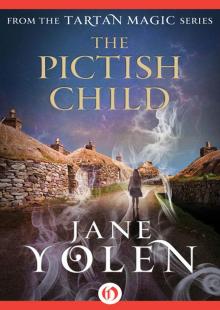 The Pictish Child
The Pictish Child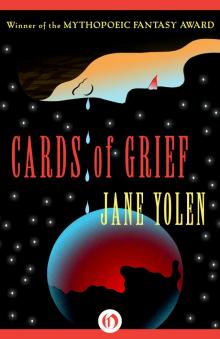 Cards of Grief
Cards of Grief A Plague of Unicorns
A Plague of Unicorns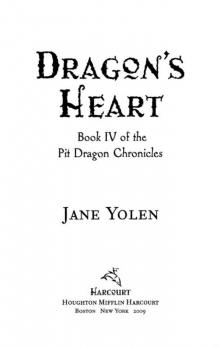 Heart's Blood
Heart's Blood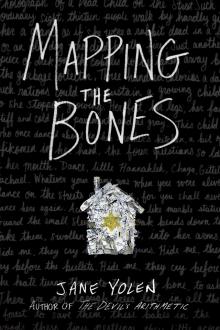 Mapping the Bones
Mapping the Bones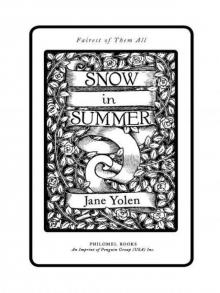 Snow in Summer
Snow in Summer Merlin's Booke: Stories of the Great Wizard
Merlin's Booke: Stories of the Great Wizard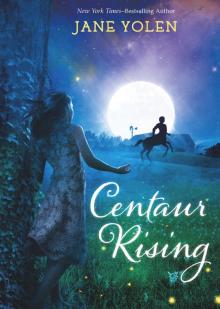 Centaur Rising
Centaur Rising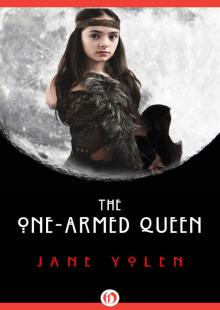 The One-Armed Queen
The One-Armed Queen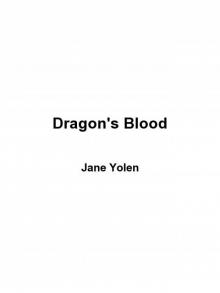 Dragon's Blood
Dragon's Blood Boots and the Seven Leaguers
Boots and the Seven Leaguers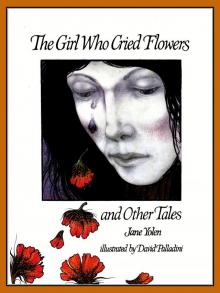 The Girl Who Cried Flowers and Other Tales
The Girl Who Cried Flowers and Other Tales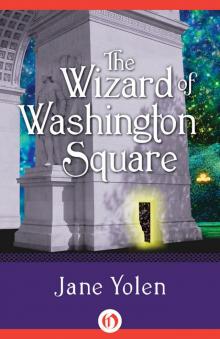 The Wizard of Washington Square
The Wizard of Washington Square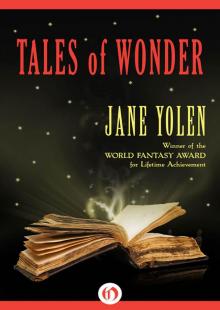 Tales of Wonder
Tales of Wonder The Emerald Circus
The Emerald Circus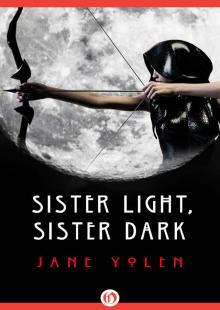 Sister Light, Sister Dark
Sister Light, Sister Dark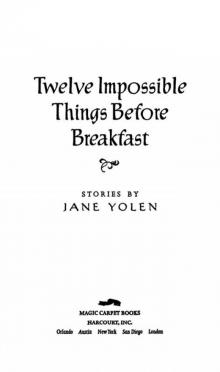 Twelve Impossible Things Before Breakfast
Twelve Impossible Things Before Breakfast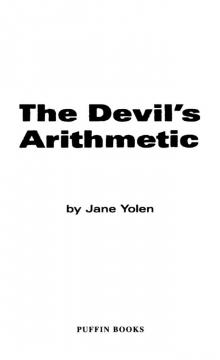 The Devil's Arithmetic
The Devil's Arithmetic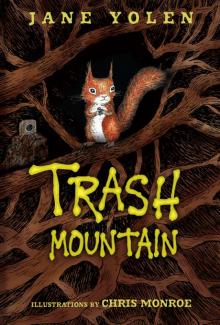 Trash Mountain
Trash Mountain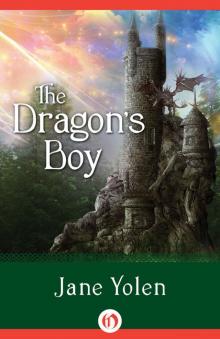 The Dragon's Boy
The Dragon's Boy A Sending of Dragons
A Sending of Dragons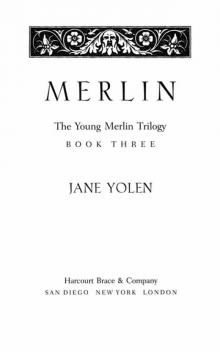 The Young Merlin Trilogy
The Young Merlin Trilogy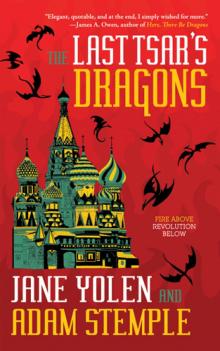 The Last Tsar's Dragons
The Last Tsar's Dragons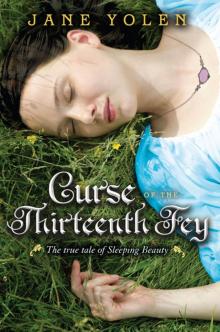 Curse of the Thirteenth Fey: The True Tale of Sleeping Beauty
Curse of the Thirteenth Fey: The True Tale of Sleeping Beauty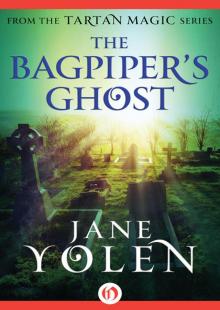 The Bagpiper's Ghost
The Bagpiper's Ghost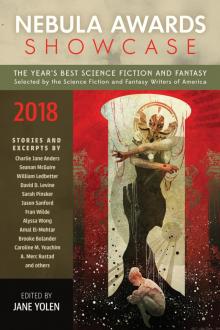 Nebula Awards Showcase 2018
Nebula Awards Showcase 2018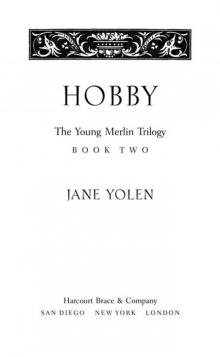 Hobby
Hobby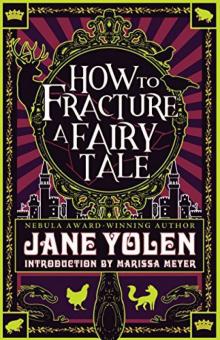 How to Fracture a Fairy Tale: 2
How to Fracture a Fairy Tale: 2 Children of a Different Sky
Children of a Different Sky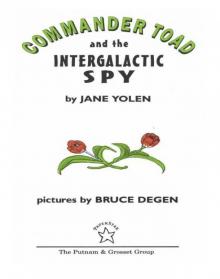 Commander Toad and the Intergalactic Spy
Commander Toad and the Intergalactic Spy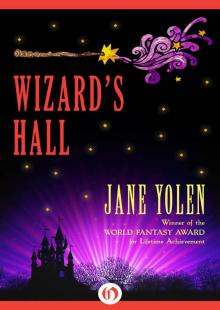 Wizard’s Hall
Wizard’s Hall The Transfigured Hart
The Transfigured Hart Dragonfield: And Other Stories
Dragonfield: And Other Stories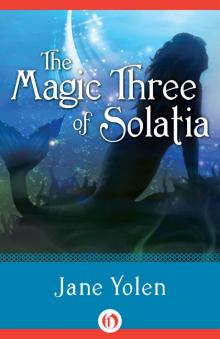 The Magic Three of Solatia
The Magic Three of Solatia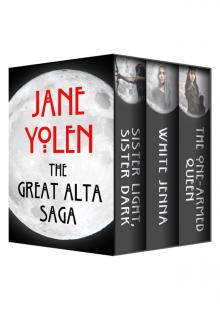 The Great Alta Saga Omnibus
The Great Alta Saga Omnibus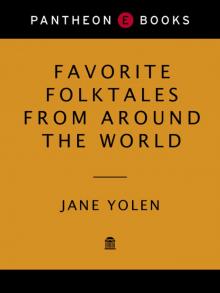 Favorite Folktales From Around the World
Favorite Folktales From Around the World Passager
Passager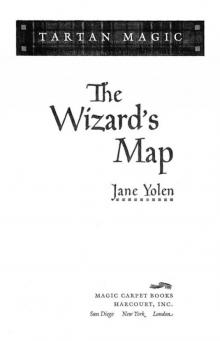 The Wizard's Map
The Wizard's Map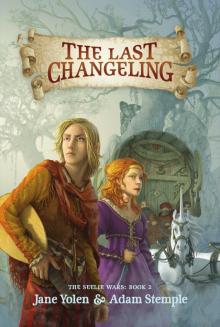 The Last Changeling
The Last Changeling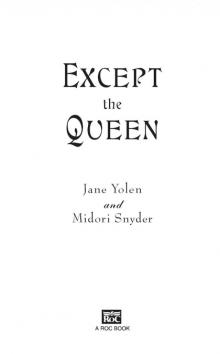 Except the Queen
Except the Queen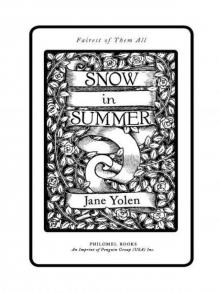 Snow in Summer: Fairest of Them All: Fairest of Them All
Snow in Summer: Fairest of Them All: Fairest of Them All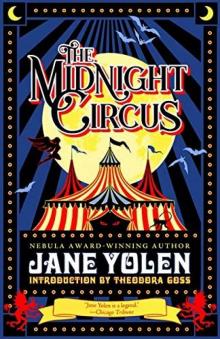 The Midnight Circus
The Midnight Circus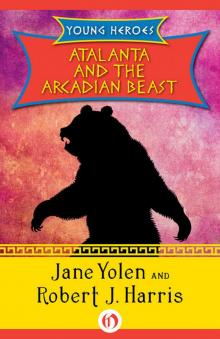 Atalanta and the Arcadian Beast
Atalanta and the Arcadian Beast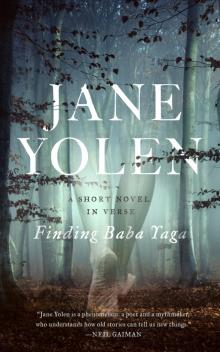 Finding Baba Yaga
Finding Baba Yaga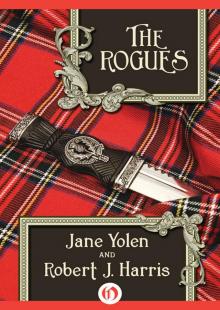 The Rogues
The Rogues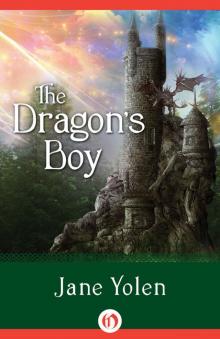 Dragon's Boy
Dragon's Boy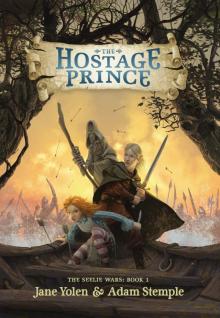 The Hostage Prince
The Hostage Prince Wizard of Washington Square
Wizard of Washington Square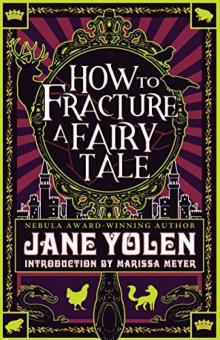 How to Fracture a Fairy Tale
How to Fracture a Fairy Tale Magic Three of Solatia
Magic Three of Solatia Curse of the Thirteenth Fey
Curse of the Thirteenth Fey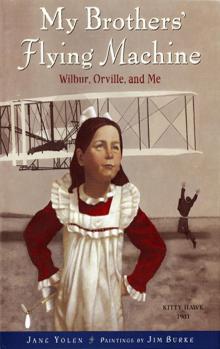 My Brothers' Flying Machine
My Brothers' Flying Machine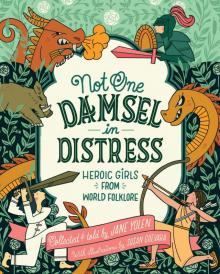 Not One Damsel in Distress
Not One Damsel in Distress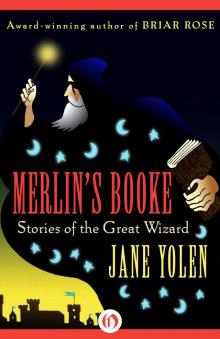 Merlin's Booke
Merlin's Booke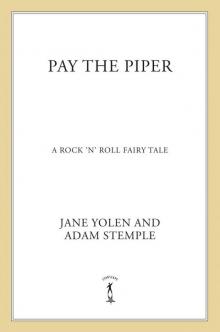 Pay the Piper: A Rock 'n' Roll Fairy Tale
Pay the Piper: A Rock 'n' Roll Fairy Tale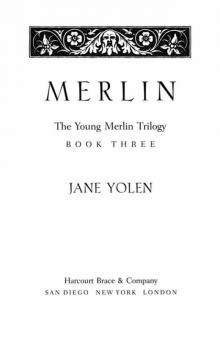 Merlin
Merlin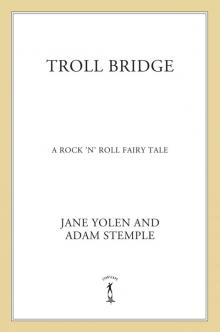 Troll Bridge
Troll Bridge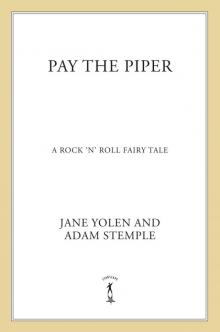 Pay the Piper
Pay the Piper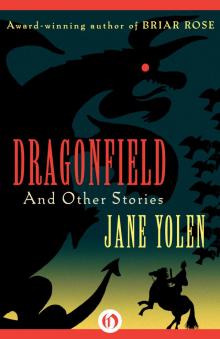 Dragonfield
Dragonfield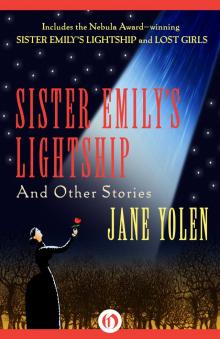 Sister Emily's Lightship
Sister Emily's Lightship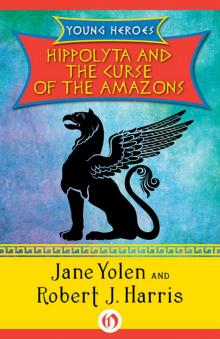 Hippolyta and the Curse of the Amazons
Hippolyta and the Curse of the Amazons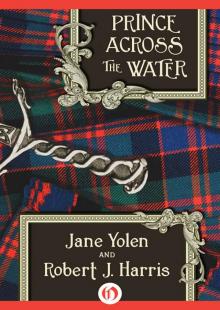 Prince Across the Water
Prince Across the Water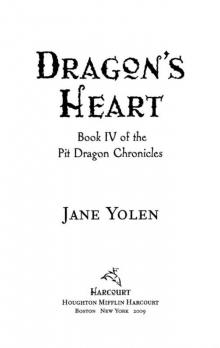 Dragon's Heart
Dragon's Heart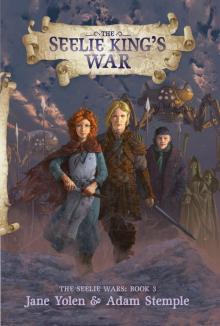 The Seelie King's War
The Seelie King's War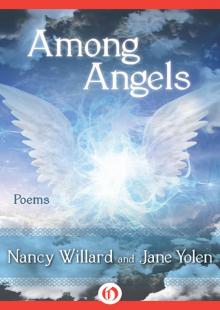 Among Angels
Among Angels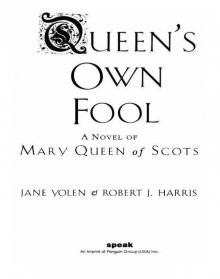 Queen's Own Fool
Queen's Own Fool